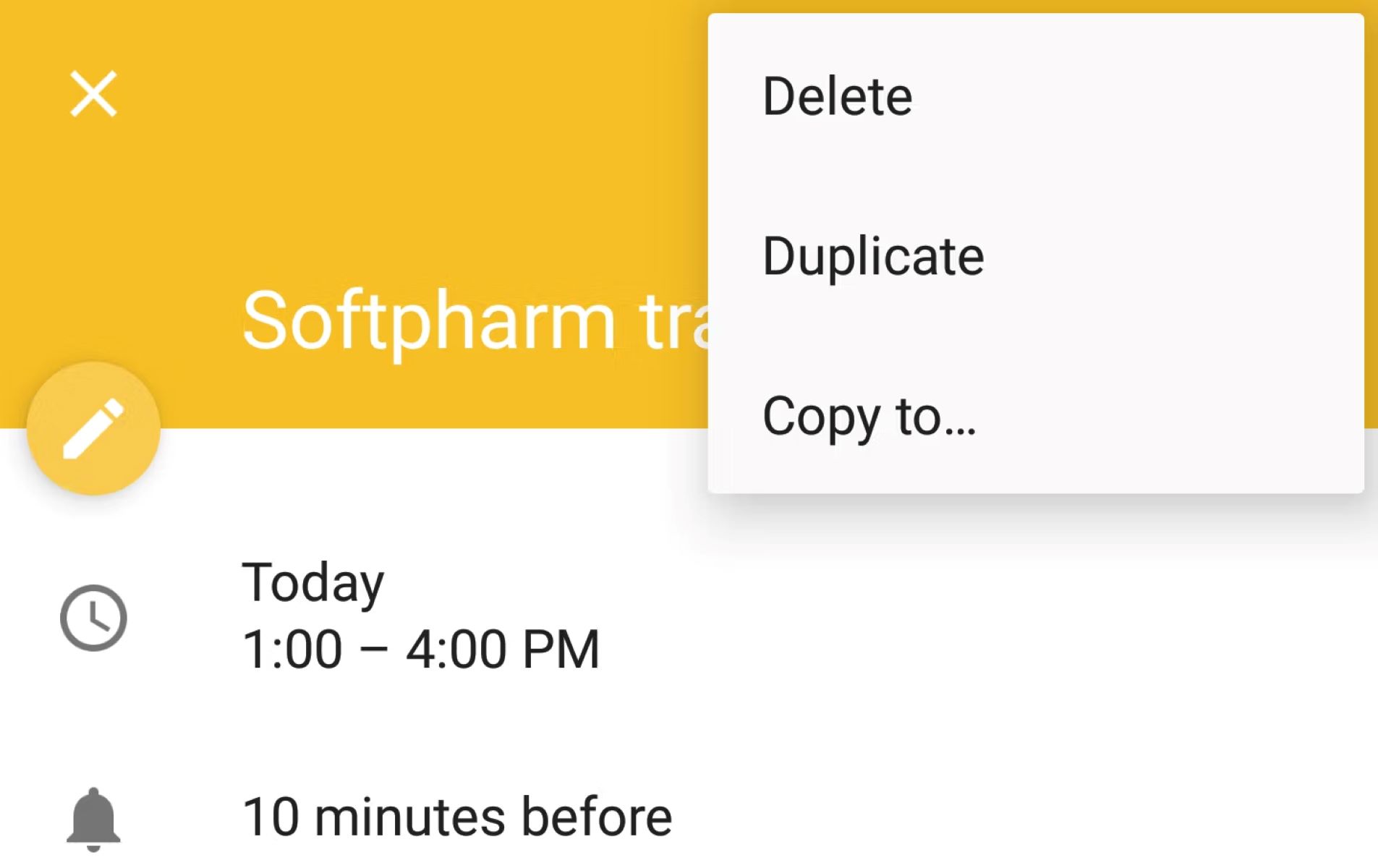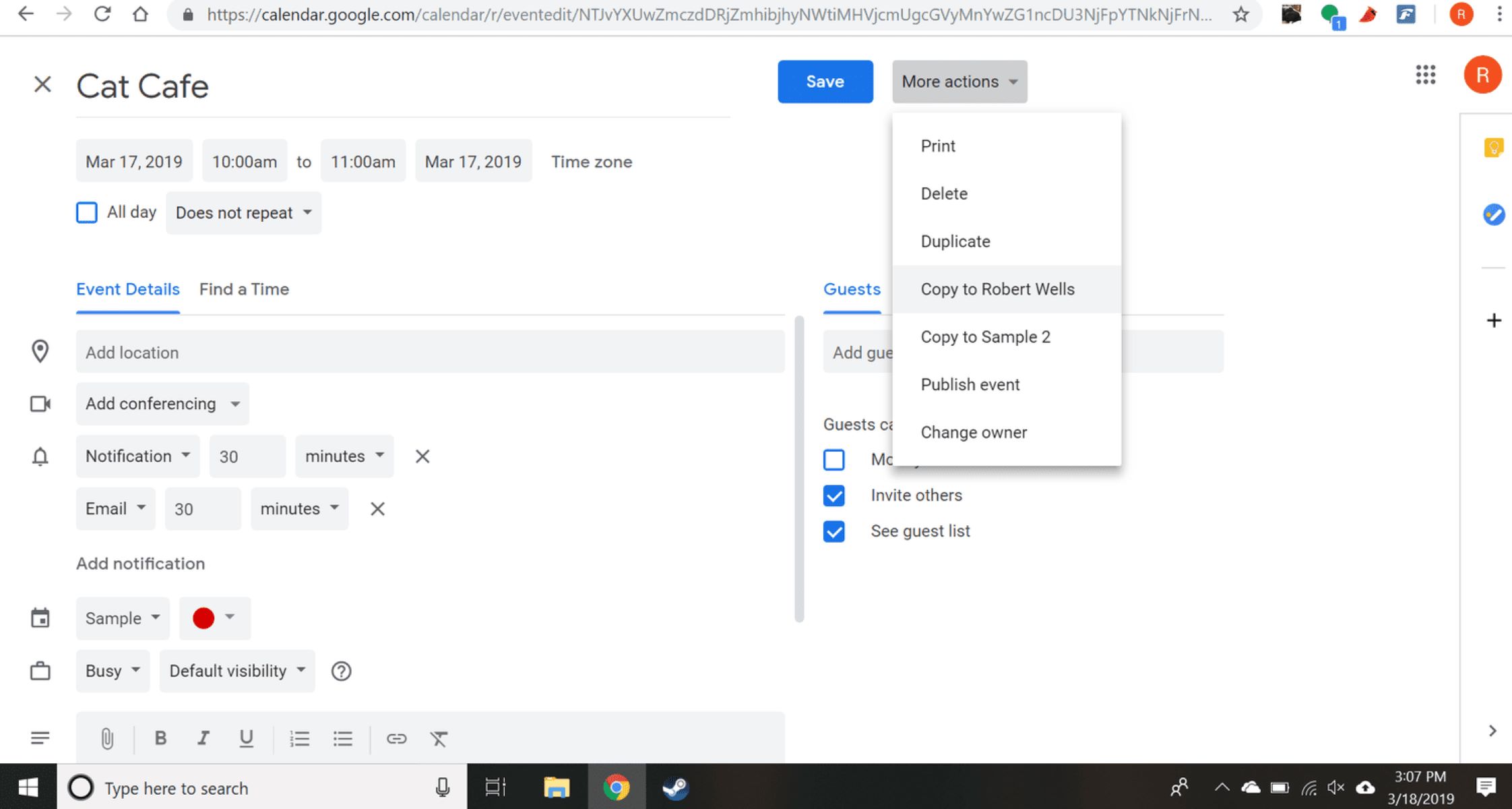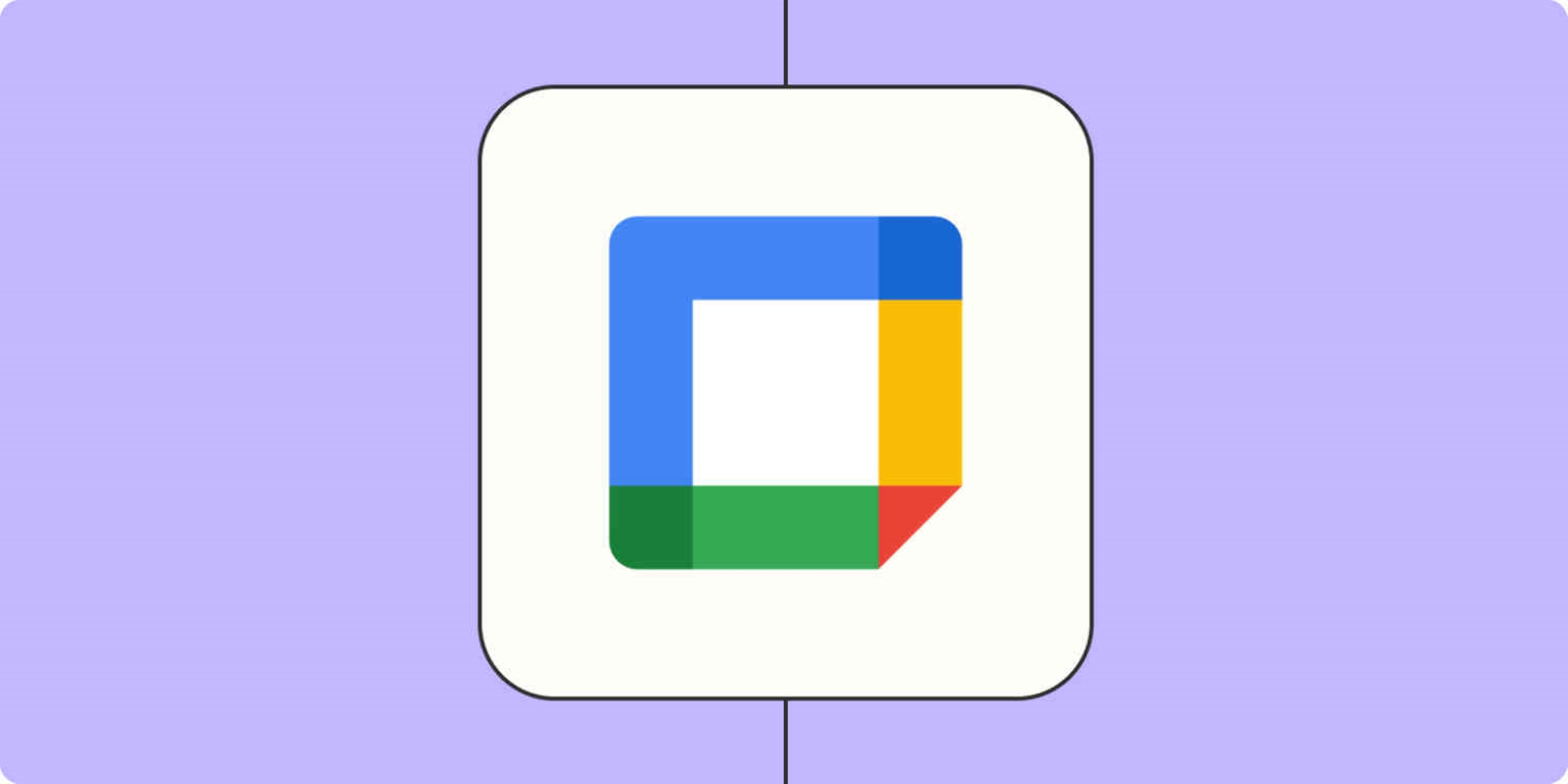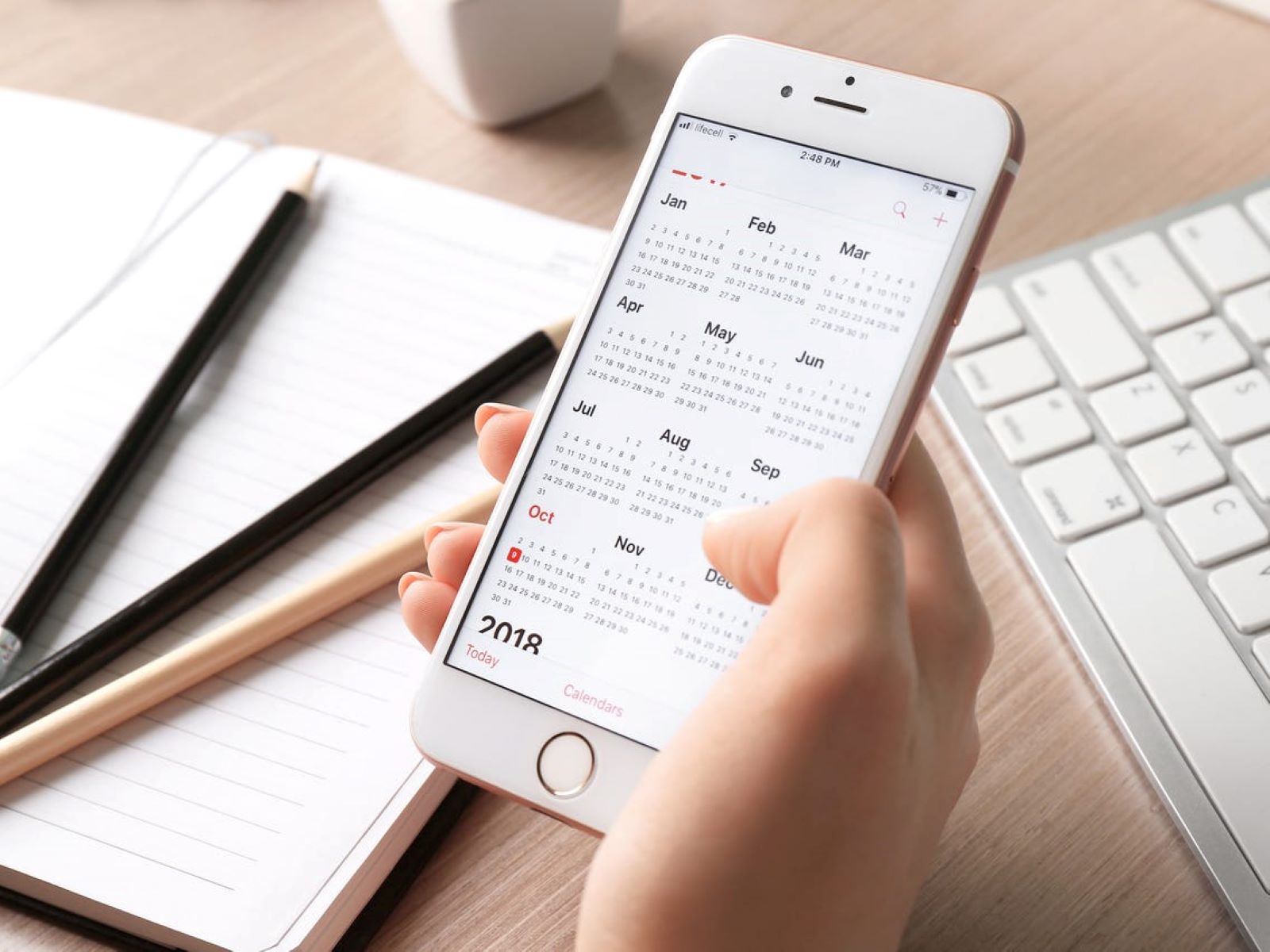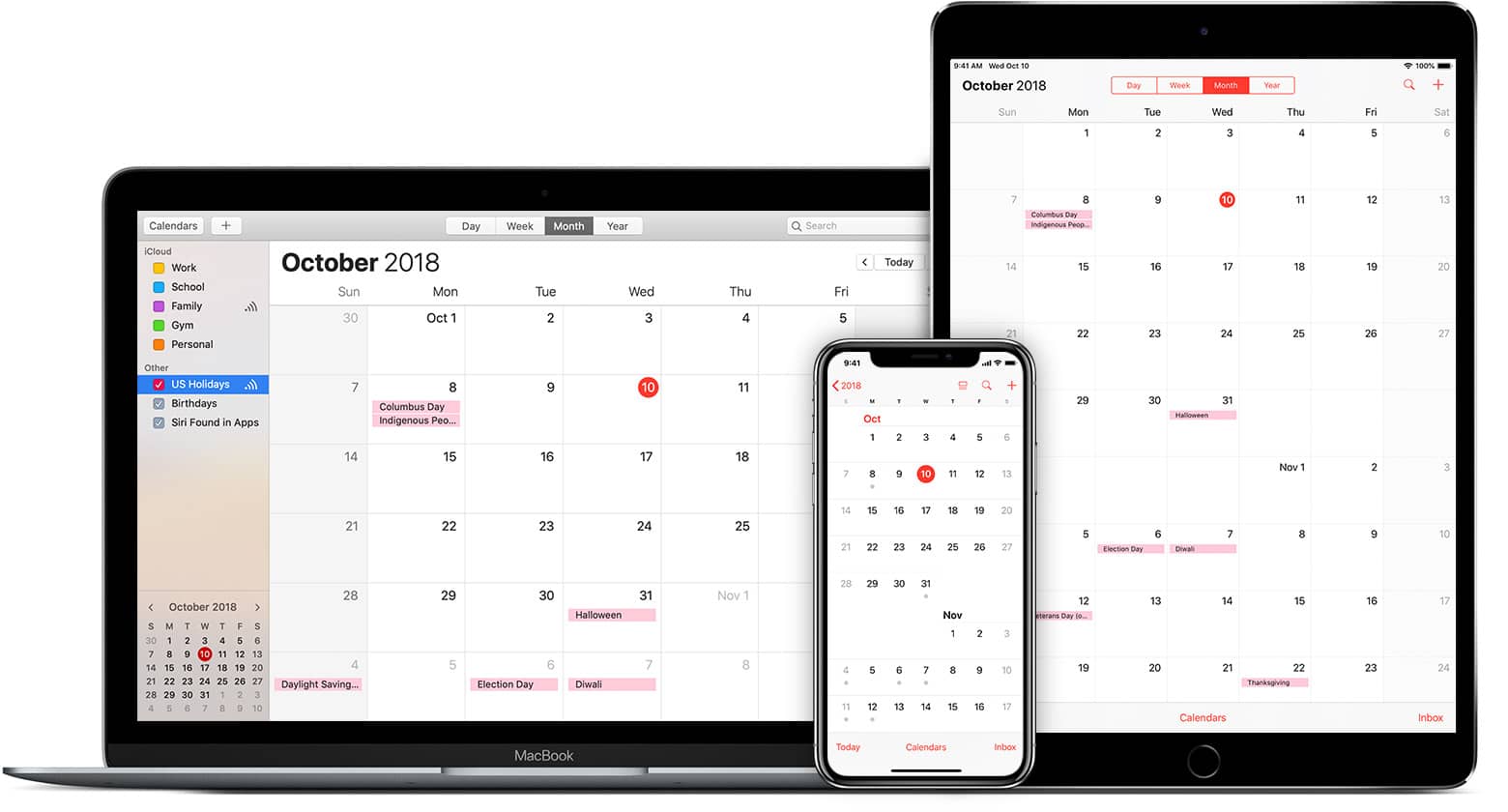Introduction
Welcome to the world of Google Calendar! In today’s fast-paced digital age, a reliable and efficient calendar system is essential for keeping track of appointments, deadlines, and events. Google Calendar has emerged as one of the most popular and user-friendly options, offering seamless synchronization across devices and powerful collaboration features.
In this article, we will explore the concept of duplicating a Google Calendar. Whether you’re a busy professional juggling multiple projects, a student managing academic commitments, or simply someone who wants to keep personal and professional schedules separate, duplicating a Google Calendar can be a game-changer.
With a duplicated calendar, you can have separate but synchronized versions of the same calendar, allowing you to have different layers of events, appointments, or deadlines without any overlap. This functionality is especially useful for individuals who need to maintain distinct calendars for work, personal life, or different projects.
In the following sections, we will provide you with a step-by-step guide on how to duplicate a Google Calendar. Before we dive into the instructions, let’s take a closer look at what Google Calendar is and why you might want to duplicate it.
What is Google Calendar?
Google Calendar is a versatile online calendar application provided by Google. It is designed to help users organize their schedules, events, and appointments in a simple and efficient manner. Accessible through web browsers and mobile apps, Google Calendar offers a range of features that make it a popular choice for individuals and businesses alike.
One of the key advantages of Google Calendar is its cross-platform synchronization. Users can seamlessly access and update their calendars on various devices, including smartphones, tablets, laptops, and desktop computers. This ensures that you have your schedule at your fingertips, no matter where you are or what device you’re using.
The collaborative features of Google Calendar also contribute to its popularity. Users can easily share calendars with others, allowing for effortless coordination and planning. Whether it’s scheduling meetings with colleagues, organizing family events, or coordinating group projects, Google Calendar makes it easy to collaborate and keep everyone on the same page.
Google Calendar offers a range of customizable options to suit individual preferences and needs. Users can create multiple calendars, each with its own color-coding and visibility settings. This allows for easy differentiation between personal, work, and other types of events. Additionally, Google Calendar supports recurring events, reminders, and notifications, ensuring that you never miss an important appointment or deadline.
One of the standout features of Google Calendar is its integration with other Google services. Users can seamlessly add events from Gmail, Google Meet, and Google Tasks, making it a comprehensive productivity tool within the Google ecosystem. Furthermore, Google Calendar can be synced with other calendar applications such as Microsoft Outlook, providing flexibility for users who rely on multiple platforms.
With its user-friendly interface, robust functionality, and seamless integration, Google Calendar has become an indispensable tool for individuals and businesses alike. Whether you’re managing your personal life, coordinating team projects, or organizing events, Google Calendar offers the flexibility and convenience to help you stay organized and on top of your commitments.
Why would you want to duplicate a Google Calendar?
There are several reasons why you might want to duplicate a Google Calendar. Let’s explore some of the common scenarios where duplicating a calendar can be beneficial:
- Separating personal and professional schedules: Many individuals find it helpful to keep their personal and professional lives separate. Duplicating a Google Calendar allows you to have two distinct calendars, one for personal events and another for work-related commitments. This way, you can easily view and manage each schedule separately without any overlap.
- Managing multiple projects: If you’re working on multiple projects simultaneously, it can be overwhelming to keep track of all the associated deadlines, meetings, and milestones. Duplicating a Google Calendar allows you to create a separate calendar for each project, making it easier to stay organized and focused on specific tasks.
- Sharing selective events: While Google Calendar offers the option to share your calendar with specific individuals, there may be instances where you want to share only certain events or appointments. By duplicating your calendar, you can keep the original calendar for personal use and selectively share specific events from the duplicated calendar with relevant parties.
- Creating backup or archival copies: Duplicating a Google Calendar provides you with a backup or archival copy of your schedule. This can be useful in case of accidental deletion, data loss, or to maintain a record of past events and appointments.
- Managing different roles or responsibilities: If you have multiple roles or responsibilities, such as being a student, a parent, or a member of different organizations, duplicating a Google Calendar can help you handle these roles more effectively. Each duplicated calendar can be dedicated to a specific role, allowing you to easily manage and prioritize your commitments.
Duplicating a Google Calendar offers versatility and flexibility in organizing your schedules based on specific needs and preferences. Regardless of the reason, having separate but synchronized calendars can enhance your productivity and ensure that you stay on top of your commitments without any confusion or overlap.
Step-by-step guide to duplicating a Google Calendar
Duplicating a Google Calendar is a straightforward process that can be completed in just a few simple steps. Follow the guide below to duplicate your Google Calendar:
- Open Google Calendar: Start by opening Google Calendar on your preferred device. You can access it through a web browser or the Google Calendar app.
- Select the calendar to duplicate: Identify the calendar that you want to duplicate from your Google Calendar list. This can be a personal calendar, a work calendar, or any other calendar you want to duplicate.
- Access calendar settings: Click on the three vertical dots next to the calendar name and select “Settings and sharing” from the dropdown menu. This will open the settings page for the calendar.
- Create a new calendar: In the settings page, scroll down to the “Calendar Details” section. Click on the “Create new calendar” button to create a new calendar.
- Provide a name for the new calendar: A pop-up window will appear where you can enter a name for the new calendar. Choose a descriptive name that clearly represents its purpose or content.
- Select the color and visibility: Choose a color for the new calendar to help differentiate it from other calendars. You can also adjust the visibility settings to control who can see the calendar and its events.
- Save the new calendar: Once you have provided a name, selected a color, and set the visibility options, click the “Save” or “Create” button to create the new calendar.
- Copy events to the new calendar: After creating the new calendar, you can proceed to copy events from the original calendar to the duplicated calendar. This can be done by either manually adding events to the duplicated calendar or using the “Copy to” feature to select and copy events in bulk.
- Review and manage duplicated events: After copying the events, take a moment to review the duplicated events in the new calendar. Ensure that all the events have been successfully copied and adjust any necessary details or timings if needed.
- Continue managing the duplicated calendar: From this point onward, you can continue managing the original calendar and the duplicated calendar independently. Add, edit, or delete events on either calendar as per your requirements.
By following these simple steps, you can successfully duplicate a Google Calendar and effectively manage different schedules or projects without any confusion or overlap. Take advantage of this functionality and personalize your calendars to optimize your productivity and organization.
Conclusion
Google Calendar is a powerful tool, and duplicating a calendar can provide immense benefits in managing and organizing your schedules. Whether you need to separate personal and professional commitments, manage multiple projects, or selectively share events, duplicating a Google Calendar offers flexibility and organization.
In this article, we discussed what Google Calendar is and highlighted its key features, including cross-platform synchronization, collaboration options, and customizable settings. We then explored various scenarios where duplicating a calendar can be advantageous, such as separating different aspects of your life, managing multiple projects, and maintaining backups.
We also provided a step-by-step guide on how to duplicate a Google Calendar, ensuring that you can proceed with ease. From accessing the calendar settings to creating a new calendar and copying events, the process is simple and straightforward.
By duplicating your Google Calendar, you can stay organized, streamline your schedules, and effectively manage your commitments. Whether you’re a professional, a student, or someone with multiple roles, having separate but synchronized calendars can enhance your productivity and peace of mind.
So, don’t hesitate to give it a try! Duplicate your Google Calendar today and experience the benefits of personalized organization and efficient time management.







